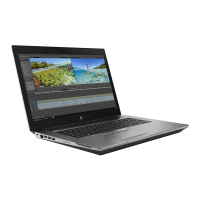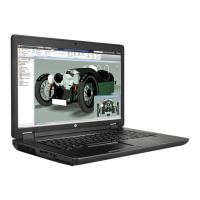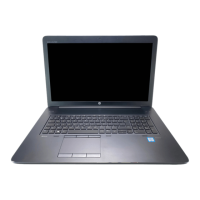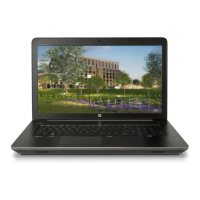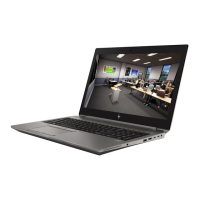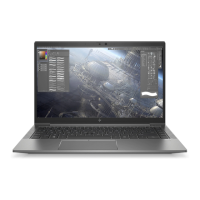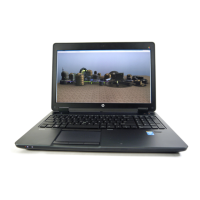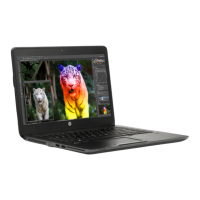Table 7-41 Issues, possible causes, and xes
Items Procedures
Symptoms
● USB devices are not recognized
● USB devices are not charging
Possible causes
USB devices do not have the latest software drivers or port insucient power, or the
devices are not compliant.
NOTE: USB Type-C uses a dierent connector entirely.
Examples of USB device Not Recognized Troubleshooting steps
1. Unplug the USB device. Restart the computer (wait for 2–5 minutes) to reset the USB
port or hub in case of a power surge.
2. Perform a soft reset (9. Soft reset (Default Settings) on page 116), and verify if the
USB device is recognized.
3. Verify whether the USB device is recognized in Device Manager > Universal Serial Bus
Controller, or the USB is recognized without a yellow warning symbol, or bang.
4. Verify whether the latest USB driver, USB chipset driver, or both are installed. You can
remove or reinstall the USB driver.
5. Be sure the USB device is supported, for example, USB 3.0 device requires more
power draw (0.9 A) from a USB port than a USB 2.0 device (0.5 A). As a result, identify
the USB charging port to be used for charging a USB device, or an external AC power
adapter might be required for an external USB storage device to work properly.
6. Test with veried working USB devices (keyboard, mouse, USB key) to be sure USB
ports are functional.
7. Test the USB device on a veried working computer to be sure the USB device is not
malfunctioning.
Smart card reader
Use this information to troubleshoot smart card reader issues.
Table
7-42 Issues, possible causes, and xes
Items Procedures
Symptoms
● Not recognized
● Unable to write
Possible causes
Physical damage, incorrect insertion, dirt, driver, malfunctioning card reader.
NOTE: Some cards have a read-write security switch on the card. Be sure that switch is
set to Write Enabled before attempting to write data to it.
ENWW Common issues and possible solutions 155
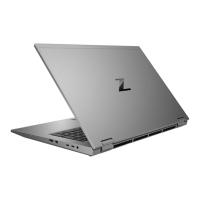
